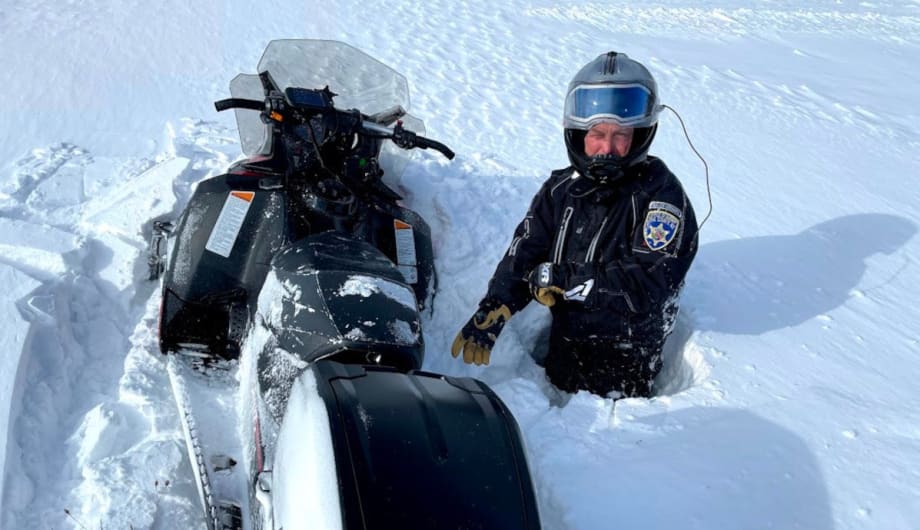As cold weather threatens much of the country, cops cannot simply stay inside and seek warmth. They are out there working traffic stops and accidents, searching for lost individuals, staffing special details, and much more. So, what can an officer do to stay warmer?
Along the shore of Lake Erie in New York, the Erie County Sheriff’s Office is prepared for any and all cold weather situations. Sgt. Jordan R. Grabar, of the special operations division (K9 - Marine - Snowmobile – ATV), knows what it is like to face brutal cold while staying on task. He is in his 20th year with the Erie County Sheriff’s Office, a department of about 1,500 sworn officers.















